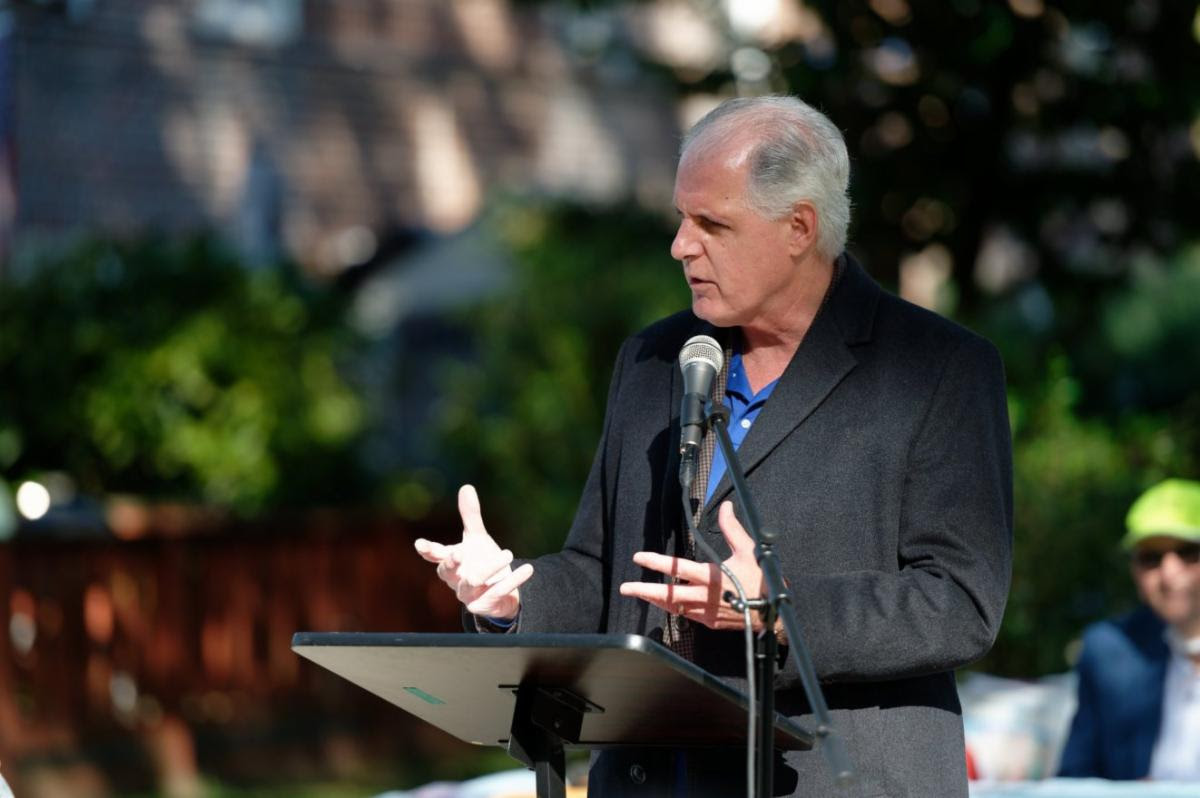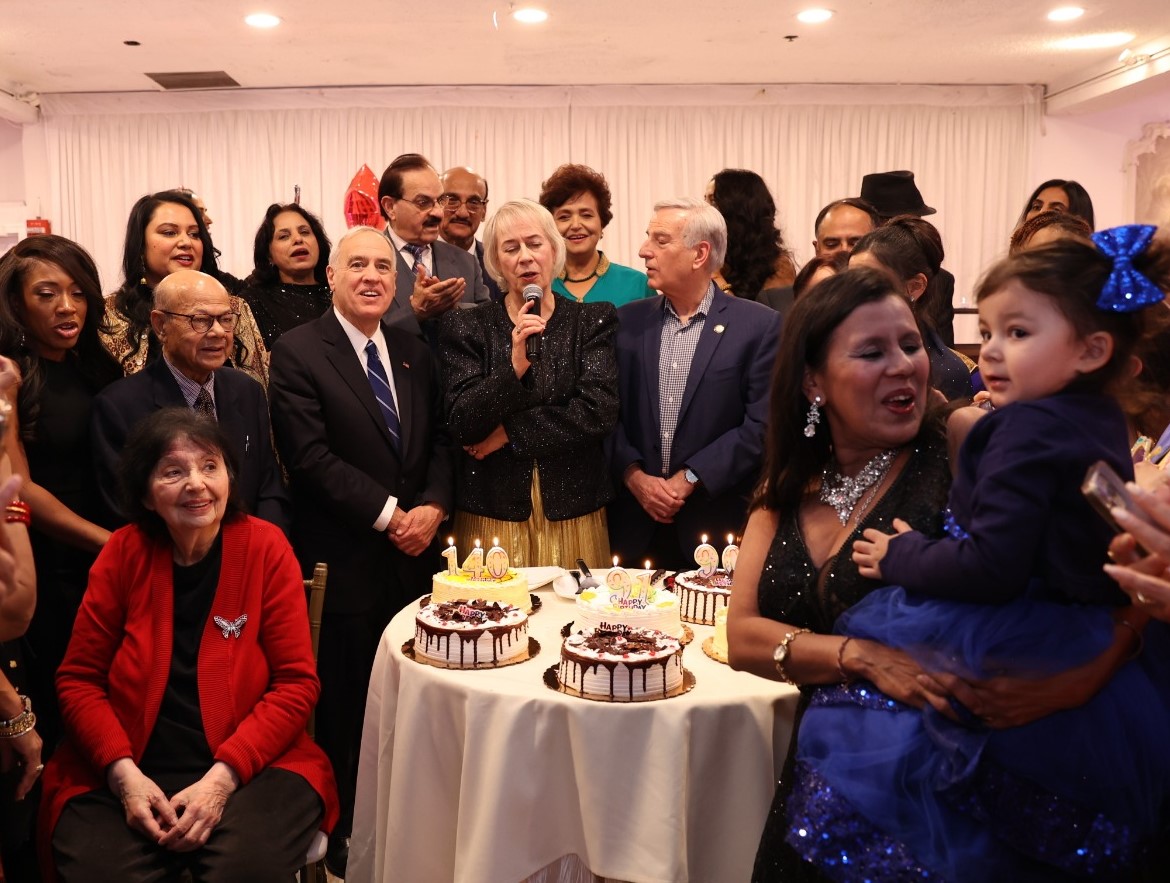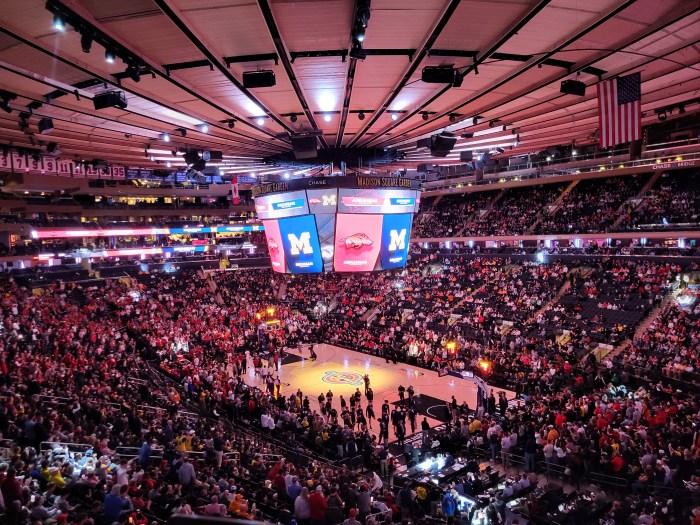Inventors of tomorrow
During Aug. 4-8, the Long Island Science Center joined with P.S. 150 to host Camp Invention, five days of hands-on (and goggles-on) creativity, at Tribeca Learning Center. The children took apart old appliances, planned how they would survive crash-landing on a planet with an acid-rain environment and uncovered the mysteries of ancient inventors.
L.M.D.C. residential grant office to close
The Lower Manhattan Development Corporation will close its residential grant program offices, located at 225 Park Row and 68 Reade St., on Aug. 29. The deadline for applying to the grant passed in May, but the corporation is still accepting paperwork from applicants who need to supply supporting documentation. Before the offices shut their doors, the L.M.D.C. will send letters to all residents with open applications, informing them of any missing paperwork.
Residents who wish to meet with program representatives are encouraged to visit the program offices during the hours of 9 a.m. to 5 p.m. on Monday, Tuesday, Wednesday and Friday; from 8 a.m. to 8 p.m. on Thursday; or Sunday from 9 a.m. to 1 p.m. Applicants may also submit supporting documents by mail.
All documentation must be postmarked by Sept. 15, 2003. The program hotline 1-866-RenewNYC (736-3969) will remain open after the offices close to answer questions about the status of applications. The hotline is open Monday through Friday 9 a.m. to 5 p.m., excluding holidays.
The Residential Grant Program provides assistance to residents who lived Downtown on Sept. 11, 2001 and continue to reside in Lower Manhattan, and it gave incentives to new residents who made a two-year commitment to live Downtown.
As of May 2003, more than $172 million in grants had been approved and more than 38,000 applications had been granted, according to the L.M.D.C. The program closed in May to mixed reviews, with critics charging the program with discrimination against moderate-income residents and supporters hailing it as crucial to the revitalization of Lower Manhattan
Two Bridges District is designated
for State Register of Historic Places
The New York State Office of Parks, Recreation and Historic Preservation has enrolled a nine-block Two Bridges Historic District between the Brooklyn and Manhattan bridges in Manhattan in the State Register of Historic Places and has submitted the district for registration in the Federal Register of Historic Places.
The district extends roughly between the north side of Cherry St. to the north side of E. Broadway from Market to Catherine Sts. with an eastern extension along Madison St. to St. James Pl. and north to E. Broadway.
The district includes the First Cemetery of Shearith Israel at St. James Pl., established in 1656 and Knickerbocker Village, the federally funded housing development completed in 1934. It also includes the landmarked Mariners Temple on Oliver and Henry Sts.; the Sea and Land Church at 61 Henry St.; St. James Church, 32 James St. and houses at 51 Market St. and 25 Oliver St. — where Governor Alfred E. Smith was born — which are already on the state and federal registers.
The district was nominated for inclusion in the register “as a microcosm of the development of New York and of the nation and for its association with immigrant life and social history in New York in the 19th and early 20th centuries,” the state citation says.
The Two Bridges Neighborhood Council, a neighborhood civic association headed by Victor J. Papa, proposed the district for registration to honor the varied history of the neighborhood.
Atlas brought heavy presence
If you happened to be outside Stuyvesant High School last Tuesday evening, you may have wondered why there were half a dozen police officers with machine guns milling about.
Nothing was wrong. They are part of Operation Atlas, a citywide program that deploys the Emergency Service Unit to neighborhoods throughout the city.
The police officers, who often come with a canine unit, arrive impromptu.
“They come for a few hours,” said Rick Lee, community affairs officer with the First Precinct. “It’s sporadic. No one is supposed to know they are coming,” he said.
Operation Atlas is part of the N.Y.P.D.’s antiterrorism presence, said Lee. The program began after 9/11.
Courthouse named for Judge Watson
Senator Hillary Rodham Clinton announced last week that the Senate voted late Thursday to approve by unanimous consent legislation to name the U.S. Court of International Trade building at One Federal Plaza in Lower Manhattan after Judge James L. Watson.
Judge Watson, a lifelong Harlem resident, was one of the senior African-American members of the federal judiciary. The bill has already been passed and is now just awaiting the president’s signature.
Judge Watson was appointed in 1966 by President Lyndon Johnson to what was then the U.S. Customs Court, later renamed the Court of International Trade. Judge Watson was also one of the first African Americans elected to the New York State Senate.
Art talk on lofty topics
Naima Rauam, a painter known for her work on the South St. Seaport and the Fulton Fish Market, will talk at 7 p.m. Wed. Aug. 13 at the Melville Gallery, 213 Water St., about how her sense of place has informed her work and about her experience climbing the Brooklyn, Manhattan and Williamsburg bridges. Her lecture, “Bridges and Neighborhoods,” is free. For information, call 212-748-8735
Tour of historic Ear Inn building
Andy Coe, author of “Ear‘Inn’Virons,” will conduct a tour of the landmarked James Brown House, built in 1817 and current home of the popular Ear Inn pub, with Rip Heyman, owner of the building, at 6:30 p.m. Wed. Aug. 16. The Greenwich Village Society for Historic Preservation is sponsoring the tour of the house at 326 Spring St., between Greenwich and Washington Sts. The tour is free to G.V.S.H.P. members and $8 for nonmembers. To reserve, e-mail fitzpatrick@gvshp.org or phone 212-475-9585 ext. 39.



































